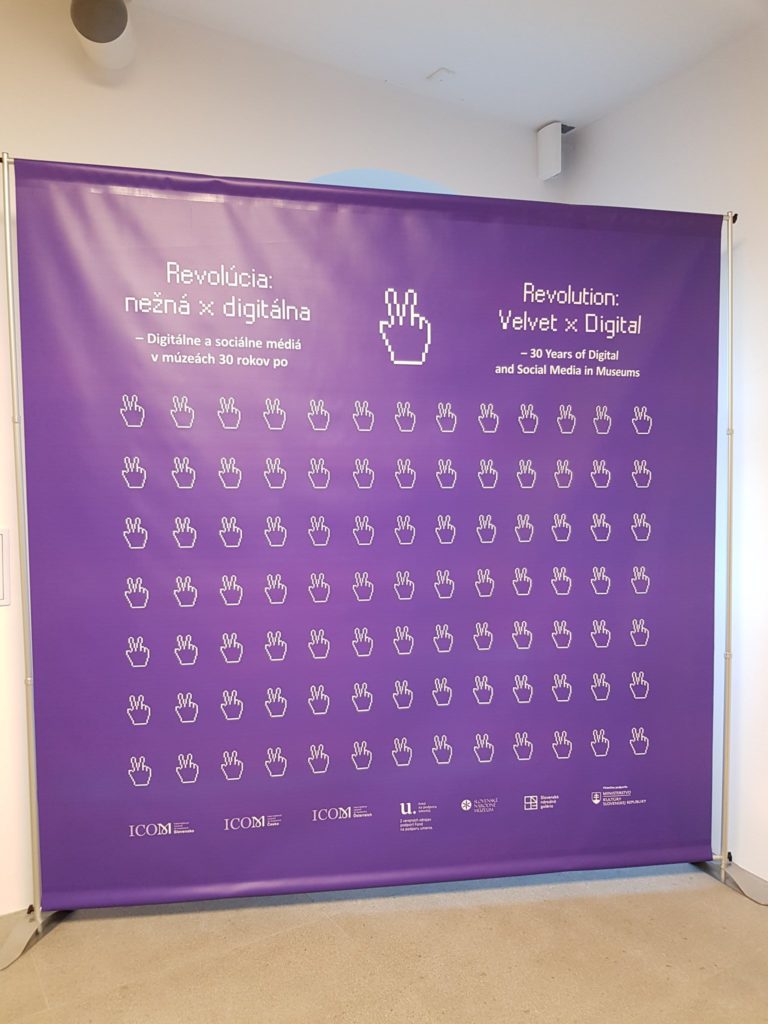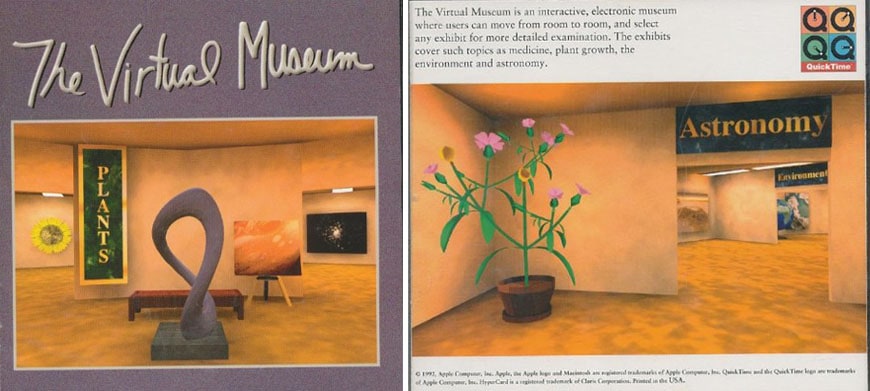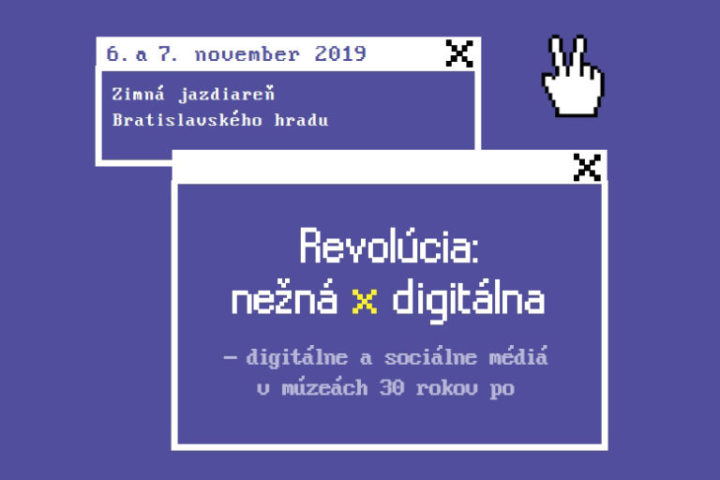On November 6-7, 2019 some 300 museums professionals gathered in Bratislava, Slovakia, to discuss information sharing and digital communication strategies around the question “do museums reflect the new possibilities of digital technologies and online communities?”
The main goal of the conference Revolution: Velvet x Digital 30 years of Digital and Social Media in Museums, jointly organised by ICOM Slovakia, ICOM Austria, ICOM Czech, the Slovak National Museum and the Slovak National Gallery, was to commemorate the 30th anniversary of the Fall of the Iron Curtain in 1989, and to reflect on how Slovak and Czech museums participated in and evolved after this pivotal societal change.

However, with more than 50 speakers from 10 countries, 32 conference talks grouped in 6 thematic sections and 5 workshops, the event tackled issues relating to a much broader scope and which directly concern museums and professionals from all over the world.
The first session, “30 years after // changes since 1989” examined how the attitude towards Cultural Heritage and information sharing changed in the Region since the fall of the Iron Curtain. Several interesting questions were raised: how did eastern Europe professionals use the newly found freedom in museums? What (digital) tools are they using to communicate with the general public? Are they fully engaging in social and contemporary issues like climate change and community participation?
The second session “Digital Strategy for Museums and Galleries”, focused on a broader overview of digital practices around Europe. What clearly emerged was the awareness that museums need to include digital media in their overall strategy using an holistic approach, instead of considering them as a simple “interactive” addition. Several researches have also highlighted the need to include and develop new professional profiles to respond to the new digital needs of cultural institutions.
The first day of the Conference is available on Youtube, you can watch it here:
The third panel “Museums and Galleries and their Virtual Spaces” introduced local case studies on how to effectively use augmented and virtual reality to exhibit cultural heritage. From detailed online databases to augmented reality, virtual accessibility is proving increasingly vital for every museum management aspect, and a key tool to deepen our relations with the public.
The “Legal Aspects of New Technologies Utilisation” session delved into copyright and into how to balance the different interests of museums, artists, society and owners when developing digitization projects of museum collections.

“Digital Content Presentation” examined how digital practices have evolved over the last decades in the museum context: from the Virtual Museum of the 1990s, with the first experiences of digital tours and the development of the first museum websites, to the Open Museum of the mid 2000s, characterised by the rise of Open data and the creation of the first online databases and collections, and on to the Immersive Museum, which explores how technologies can create environments where stories can thrive and engage visitors in depth.

The Last session, “Digital and Social Media in Museums Communication”, explored how digital projects can improve the way we communicate with our audiences from a one-direction approach to a real interaction, helping museums build online communities of loyal visitors and fostering engagement and accessibility to cultural heritage.
You can watch the second day of the Conference here:
THE ICOM SOCIAL MEDIA GUIDELINES
The Communications team of ICOM has created the ICOM Social Media Guidelines for ICOM Committees, a practical toolkit full of good practices and tips on how to create communication campaigns and efficiently manage social media accounts.
